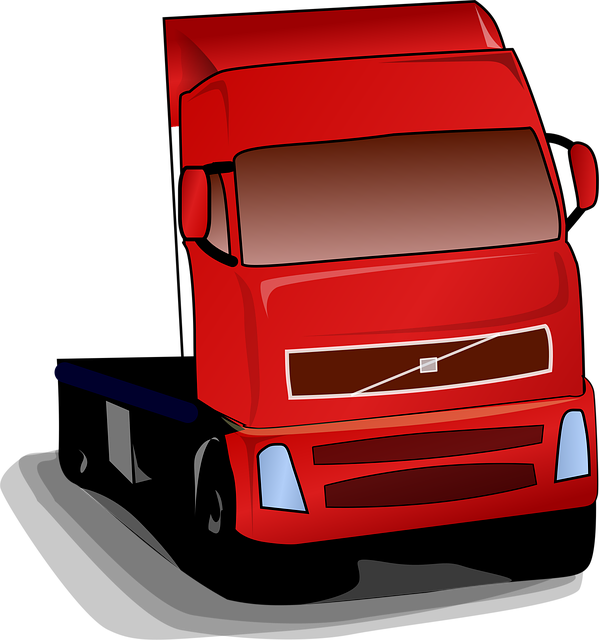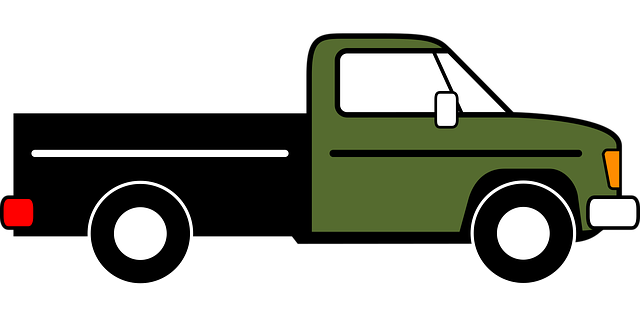Registering a car in California involves understanding specific requirements and gathering essential documents. This step-by-step guide walks you through the process, ensuring a smooth experience. First, comprehend California’s car registration mandates, including VIN (Vehicle Identification Number) verification. Next, collect necessary papers for validation. Perform a VIN check to ensure the vehicle’s authenticity. You can register online or visit a DMV office. Pay fees and acquire your license plate to legally operate your vehicle in the Golden State.
- Understand California Car Registration Requirements
- Gather Necessary Documents for VIN Verification
- Perform Vehicle Identification Number (VIN) Check
- Complete Online Registration or Visit DMV Office
- Pay Registration Fees and Receive Your License Plate
Understand California Car Registration Requirements

Before registering your car in California, it’s crucial to understand the state’s specific requirements for vehicle registration. The process involves several steps, including verifying the vehicle’s identity through a Critical Element Verification (CEV), which requires a Vehicle Identification Number (VIN) inspection. This VIN verification is a critical step to ensure that the car matches the documentation and has not been reported as stolen or had any outstanding issues.
In California, you can complete this VIN inspection through various methods, including a mobile vin verification service. These services offer convenient, on-site vehicle inspections, ensuring your car meets all legal standards before registration. Alternatively, you may opt for a traditional vin inspection at a designated facility, but mobile vin inspection options provide added flexibility and accessibility for California residents looking to register their vehicles efficiently.
Gather Necessary Documents for VIN Verification

Before you begin the registration process, it’s crucial to gather all the essential documents for VIN (Vehicle Identification Number) verification. This includes your vehicle’s title, current registration papers, and proof of insurance. Additionally, a valid driver’s license or state ID is required. For a smoother process, consider using a mobile vin verifier or undergoing a mobile vin inspection to ensure your documents are in order and your VIN is accurate. This proactive step can save you time and potential headaches down the line, especially if you’re dealing with a new purchase or an older vehicle with a history that needs verifying.
Having these documents ready allows for a more efficient interaction with the California Department of Motor Vehicles (DMV). The mobile vin verification process involves using specialized technology to cross-reference your VIN data against state records, ensuring every detail matches and providing peace of mind before submitting your registration application.
Perform Vehicle Identification Number (VIN) Check

Before you can register your car in California, performing a Vehicle Identification Number (VIN) check is a crucial step in the process. This involves verifying the VIN of your vehicle to ensure it matches the information on record with the manufacturer and to confirm its authenticity. You can conduct this vin verification through various means, including using a mobile vin verifier or conducting a simple visual inspection of the vehicle’s details.
A mobile vin inspection service is particularly convenient for California residents as it allows you to complete this requirement from the comfort of your home or even while on the go. By inputting your VIN into a specialized app or system, these mobile vin verification tools can provide instant access to detailed information about your vehicle, including its history and any reported issues. This ensures that your car meets all legal standards before proceeding with registration.
Complete Online Registration or Visit DMV Office

You have two options for registering your car in California: complete the process online or visit a DMV office. If you choose to register online, you’ll need to provide your vehicle’s Vehicle Identification Number (VIN) and pass a digital inspection, which includes verifying the VIN. This step ensures that your car matches the details on record and helps prevent fraud. Many services offer a mobile vin verifier, allowing you to complete this process quickly and conveniently from your phone or computer.
Alternatively, if you prefer a more traditional approach, visiting a DMV office is an option. There, you’ll also need to pass a VIN inspection, either through a manual check or with the assistance of a trained staff member. This method ensures accuracy and provides an opportunity for any questions or concerns to be addressed in person. Remember, regardless of your chosen registration method, having accurate and up-to-date information is crucial for a smooth process.
Pay Registration Fees and Receive Your License Plate

After completing your vehicle’s registration application, it’s time to settle the fees. The California Department of Motor Vehicles (DMV) charges a fee for registering a vehicle, which varies based on the type and age of your car. You can pay online or in person at any DMV field office. Once the payment is processed, you’ll receive your license plate. This essential component identifies your vehicle and must be displayed as required by California law.
To ensure a smooth process, many residents opt for a mobile vin inspection or vin verification service, allowing them to complete the registration from the comfort of their homes. This convenient alternative saves time and effort, especially for those with busy schedules.
Registering a car in California involves several straightforward steps, from understanding the state’s requirements for VIN verification to completing the online registration process or visiting a DMV office. Ensure you gather all necessary documents, perform the VIN check accurately, and pay the required fees. Once these tasks are accomplished, you’ll receive your license plate, marking the successful completion of your car registration in California.
